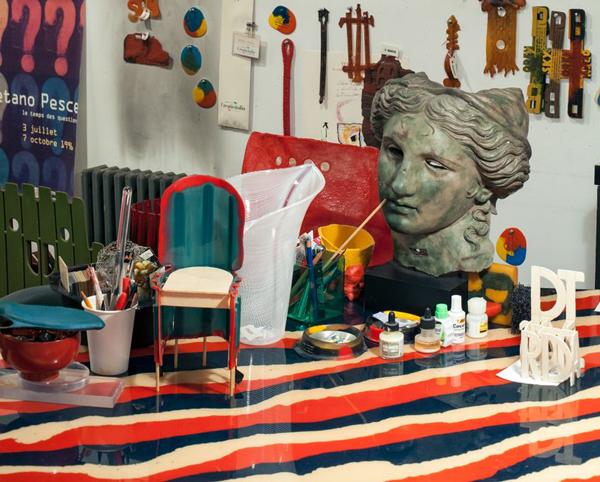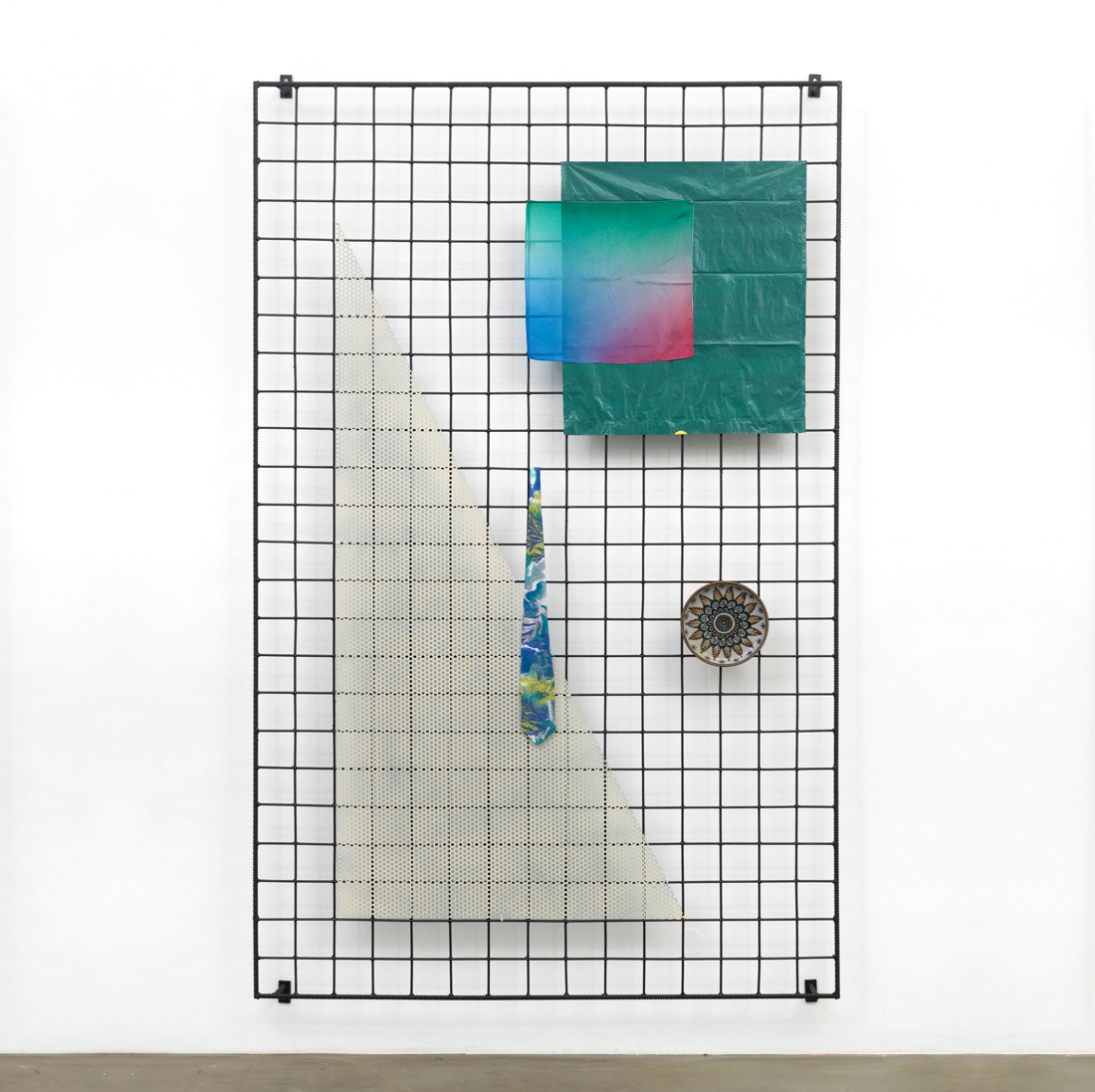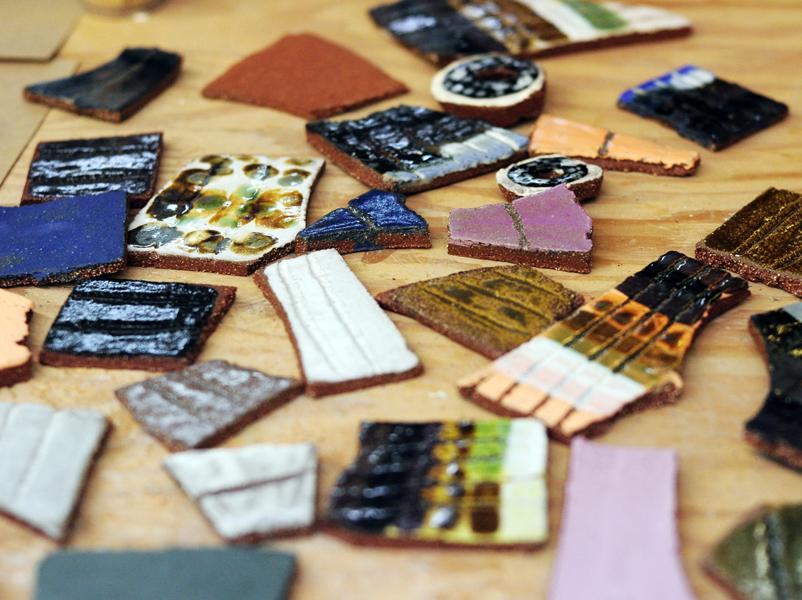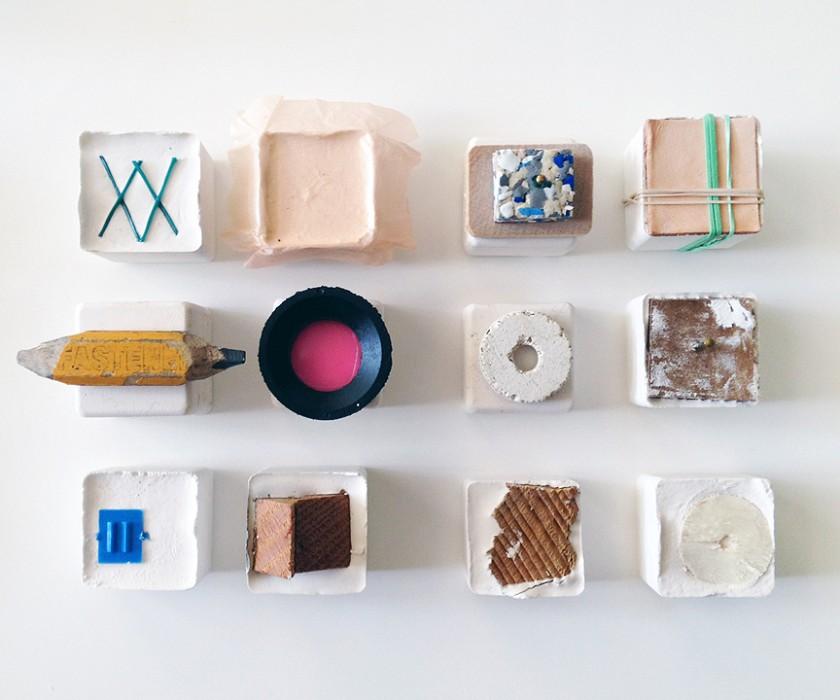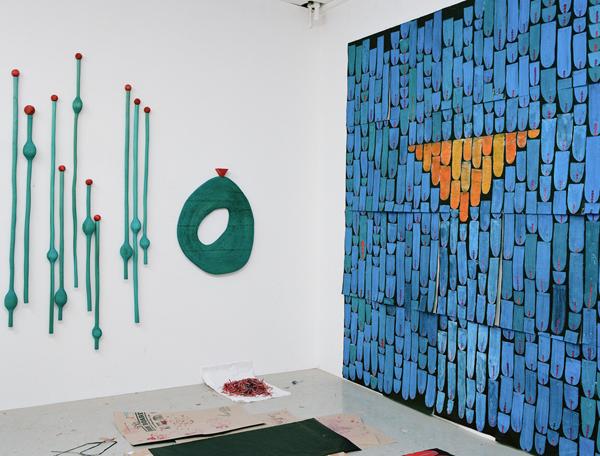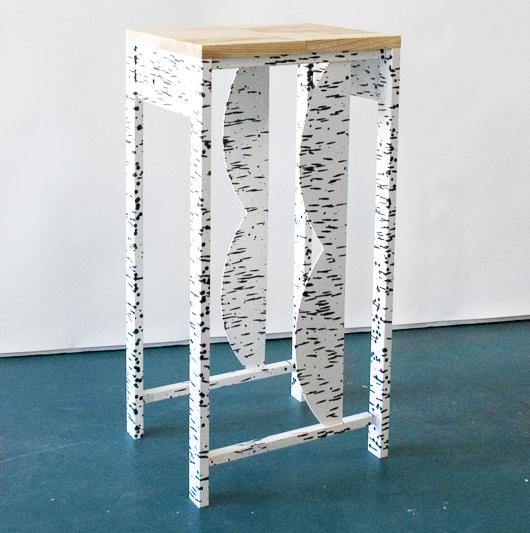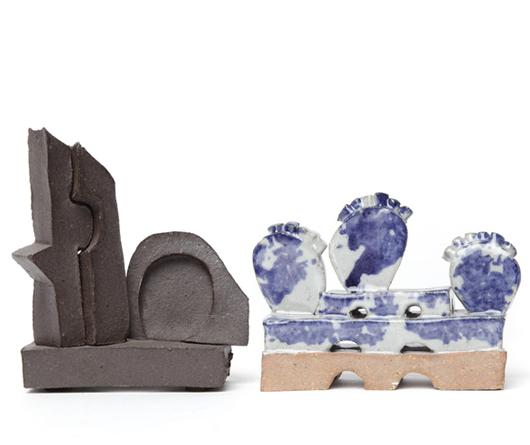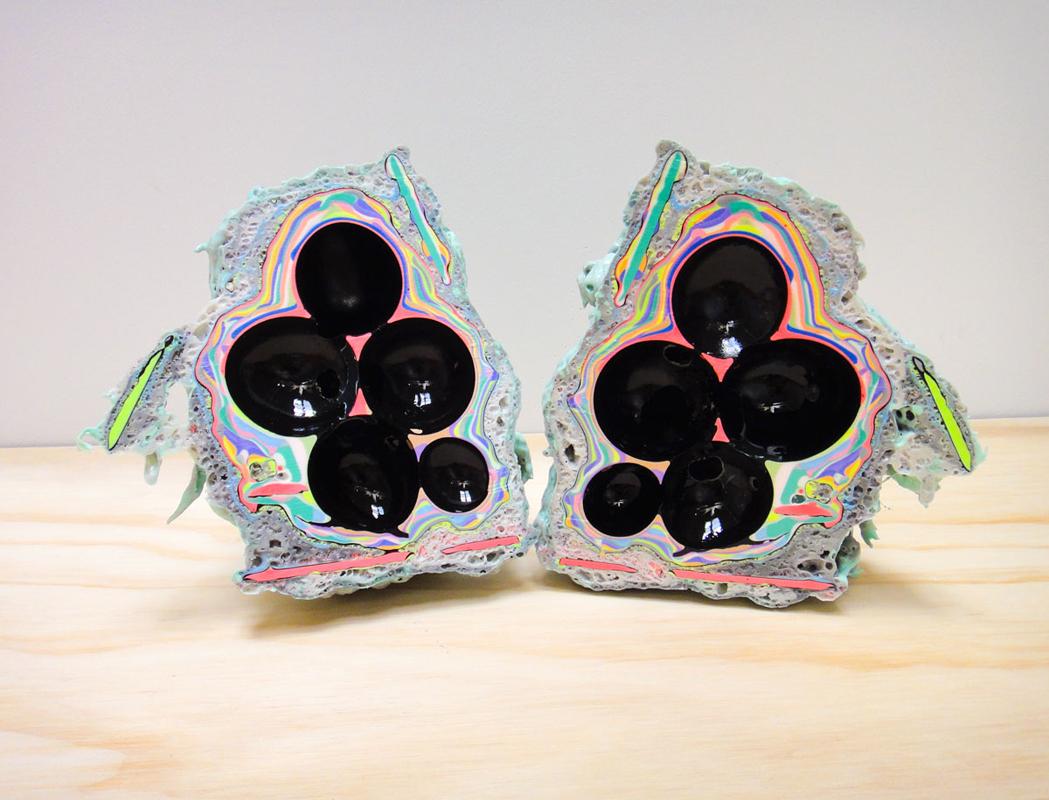
03.26.13
The Making of
Elyse Graham’s Geodes
It seems fitting that we were first introduced to Elyse Graham’s Geodes during our Hotel California show at last year’s Noho Design District. After all, there’s something distinctly Californian in the born-and-bred Los Angeles artist’s work. In her Geodes project, for which Graham casts layers of colorful urethane around a balloon mold, there are hints of the desert, psychedelia, yoga, and the wind. If that all sounds a little fuzzy, the objects themselves are not: Sawed open, they reveal incredibly beautiful swirls of color and texture that are the result of a process that's somehow both carefully calibrated and entirely left to chance. We asked Graham herself to explain how she achieves that effect, and to take us through her entire process.
